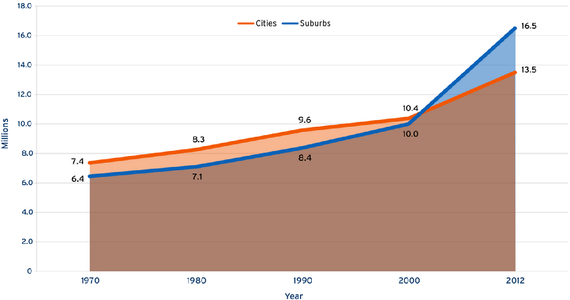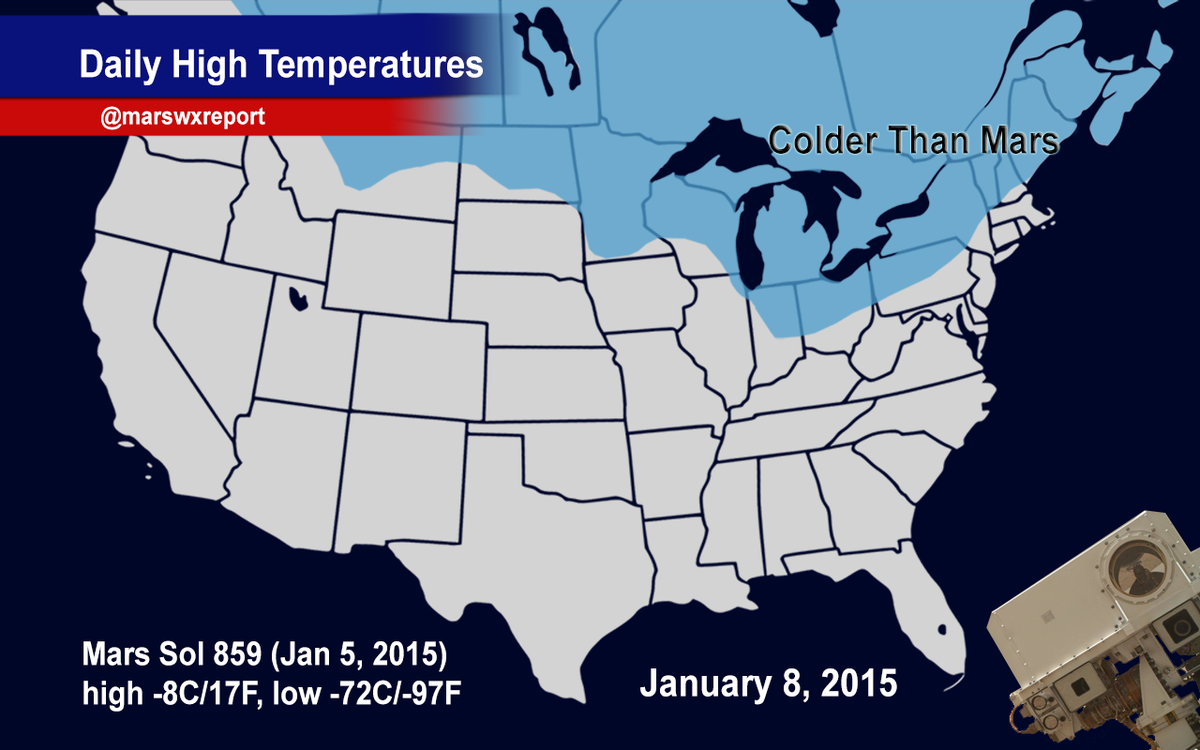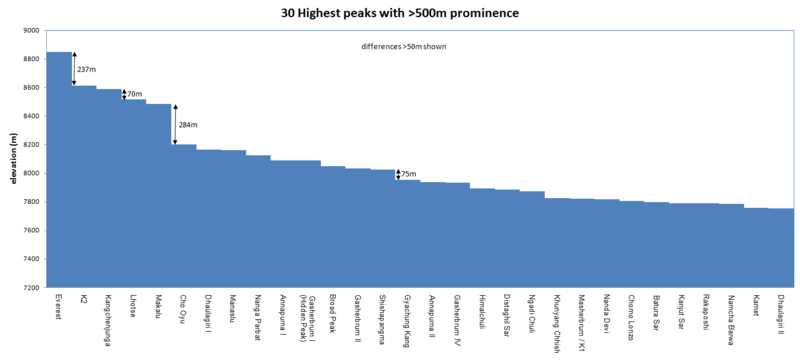A cool graph about how much each income group gained in real income between 1988-2008.
I think it shines a light on why a lot of people like to claim that income distribution is getting worse, when in fact it has been getting better at the global scale. The takeaway:
-The ultra poor (poorest 5%) didn't do spectacularly, but still saw an increase in real income around 15%;
-The poor (10 to 40 percentile of income distribution) got much richer, with real gains in income from 40% to 65%;
-The global middle class (40 to 60 percentile) got even richer, with a real increase in income around 70%;
-The global upper middle class (60 to 75 percentile) did as well as the poor;
-The global rich (80 to 95 percentile), which includes the US lower middle class and middle class proper, did the worst of all groups, with real gains around 10%;
-The ultra rich (top 2 or 3%) did extremely well, but were not the biggest winners.
So "Occupy Wall Street" and whatnot speak for a relatively small group of rich people. Their concerns are not shared by the global poor and middle class.







